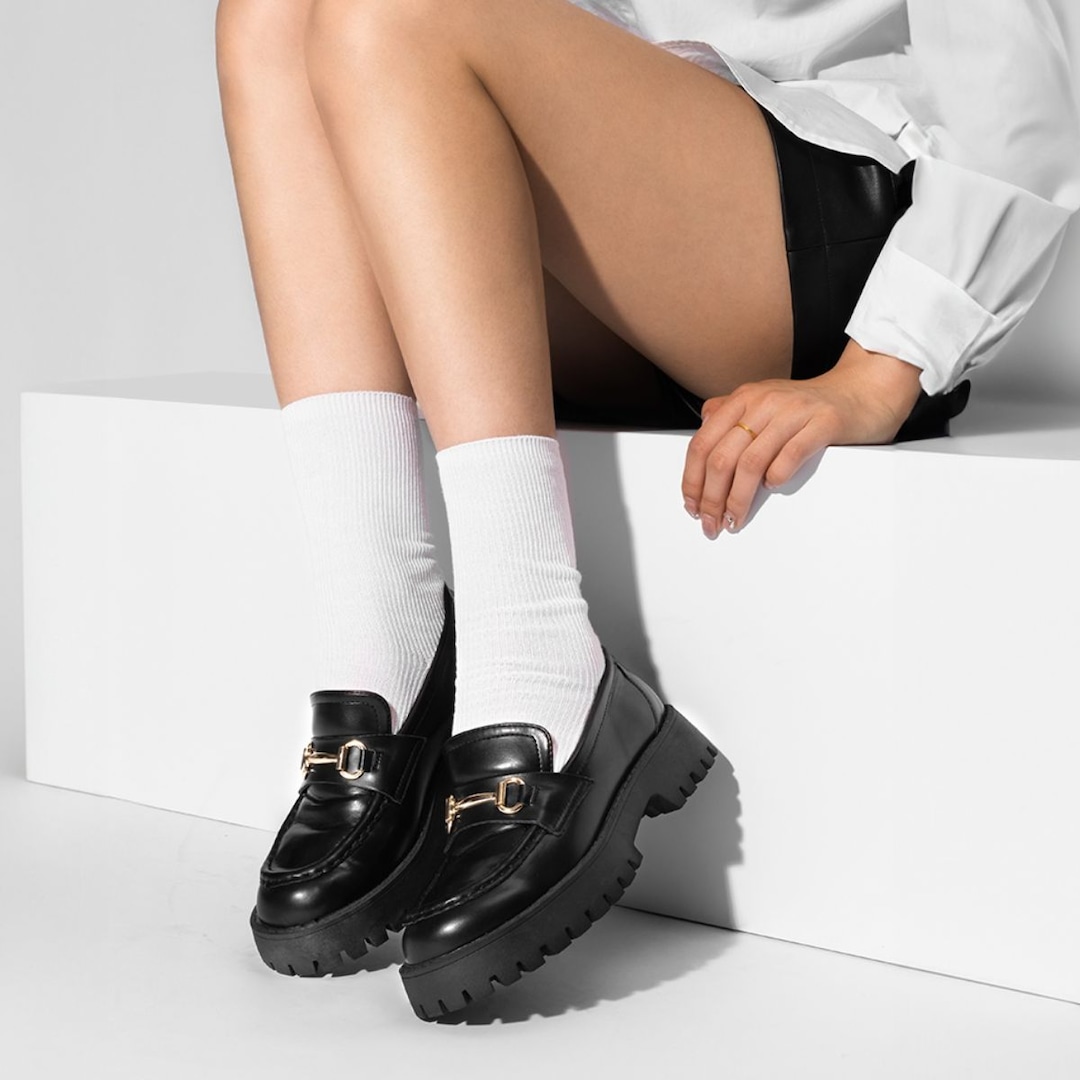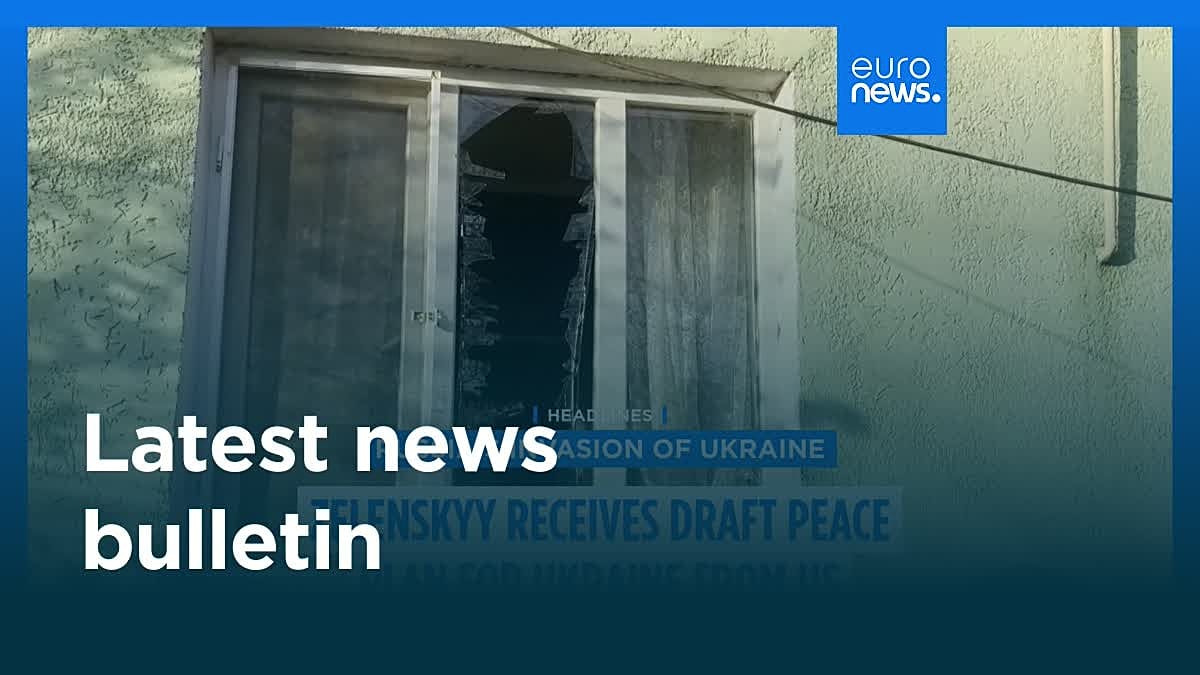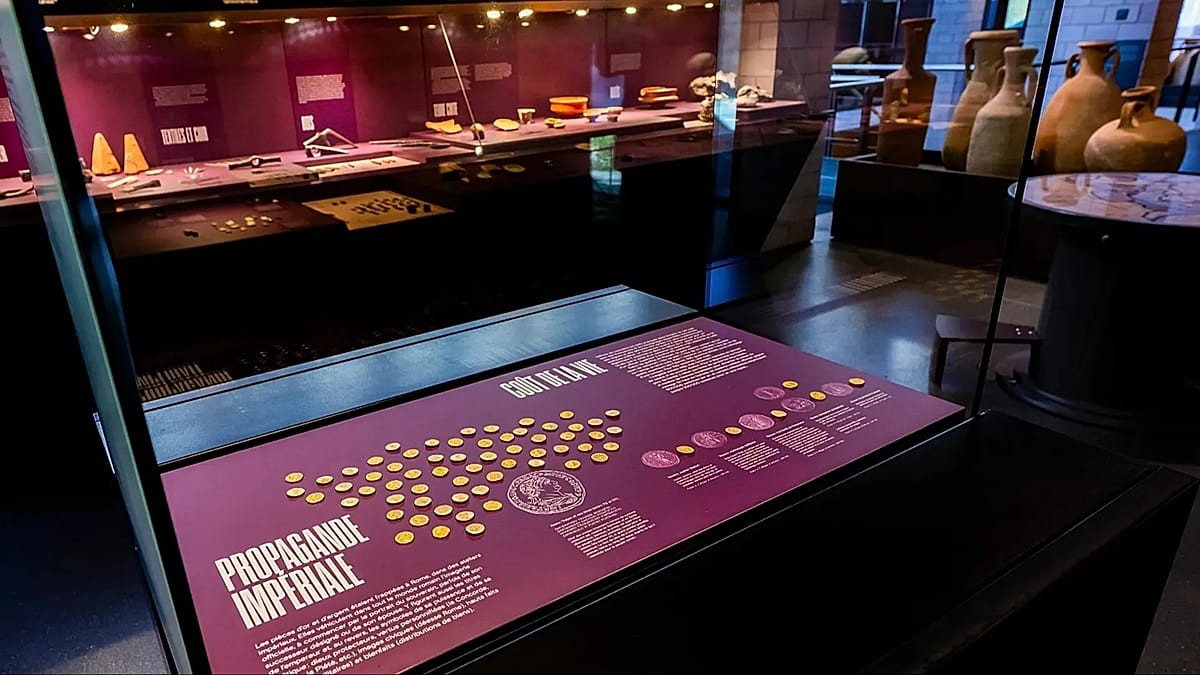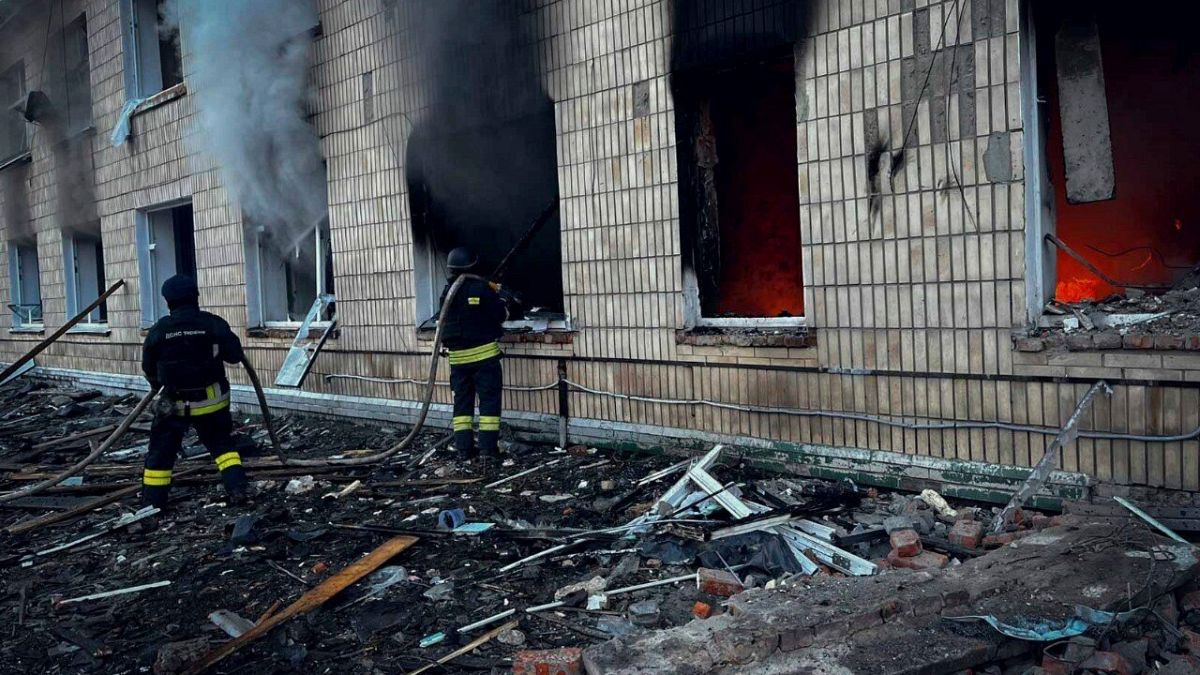EU urges smarter water use as climate change and poor management strain supplies

As climate change and overuse strain Europe’s water systems, the European Commission on Wednesday unveiled a strategy to boost water resilience across the EU.
“Water is life,” European Commission President Ursula von der Leyen said. “Water resilience is key for our citizens, farmers, environment, and businesses.”
With Europe increasingly feeling the effects of climate change, the push to secure water resources has become more urgent. Last year was the hottest on record, and drought is becoming more frequent and severe.
What does the new strategy propose?
The Commission is urging member states to “enhance water efficiency by at least 10 percent by 2030”.
Depending on the country, this could involve reducing water extraction or upgrading infrastructure to prevent leaks, said Environment and Water Resilience Commissioner Jessika Roswall.
The European Investment Bank (EIB) will invest over 15 billion Euro between 2025 and 2027 to strengthen the resilience and competitiveness of Europe’s water systems.
To combat pollution, the Commission also announced a public-private initiative to improve detection and elimination of PFAS – short for per- and polyfluoroalkyl substances, which are synthetic “forever chemicals” – that persist in the environment and contaminate water. The initiative is slated for 2027.
However, the strategy has drawn criticism.
Environmental groups and some MEPs questioned the lack of legally binding commitments and dedicated funding.
“We are bringing floods, droughts, and polluted waters upon ourselves as a result of poor water management, and yet we expect the most effective solutions to require no investment – all while continuing to destroy nature?” Living Rivers Europe, an alliance of NGOs including the European Environmental Bureau, the European Rivers Network, the European Anglers Alliance, the Nature Conservancy, Wetlands International and WWF, said in a statement.
“This is a strategy that is too cautious in ambition and reliant on voluntary action,” said Maltese MEP Thomas Bajada, the European Parliament’s rapporteur on a resolution passed last month calling for stronger EU water resilience measures.
“A 10 percent water efficiency target, with no binding methodology or a basin-level application, is simply not fit for a continent facing escalating droughts and water stress,” he added.
More than half (53 percent) of land in Europe and the Mediterranean basin were hit by drought in mid-May, according to an AFP analysis of data from the European Drought Observatory (EDO) from May 11-20, 2025.
It was the highest level recorded for that period of time in the year since monitoring began in 2012, and more than 20 percentage points higher than the average between 2012 and 2024.
Northern, eastern and central European countries were mainly affected, with high alert levels.
Earlier this year the EU warned Spain that 74 percent of its territory is today at risk of desertification.
Portugal has also been hit hard, especially in the South, where reservoirs are at critically low levels. Farmers are struggling to maintain crops and livestock due to the lack of water, and many are facing financial losses. The situation is further worsened by rising temperatures, which increase evaporation and make soil conditions even harsher.
In response, the agricultural sector is calling for urgent government support and long-term water management strategies. Farmers are asking for more efficient irrigation systems, improved infrastructure to store and distribute water, and financial aid to help cope with ongoing losses.
Prime Minister Luís Montenegro announced recently that the strategy for water management will have an estimated investment of 5 billion Euro by 2030, in what he considers “a real transformation” for the country.
Drought extends beyond southern Europe
In the last 20 years there have been seven droughts that affected Slovenia on the scale of a natural disaster, with the most recent one in 2022 causing around 148 million Euro of direct damage to agriculture, a study by the Slovenian Environment Agency, Meteorology and Hydrology Office found.
Yet only between 2 and 3 percent of agricultural land is irrigated, which is one of the lowest shares in the EU.
Parts of northern Europe have seen their worst drought in decades this year.
From February 1 to April 13, Germany saw 40 litres of rainfall per square metre, its lowest level since records began in 1931, according to the German Weather Service (DWD).
And in early May, the Danish Meteorological Institute (DMI) warned that the previous three months had been exceptionally dry, with just 63 millimetres of rainfall in total.
Since 1874, there have only been seven times when less rain fell during the period from February to April, it said.
At the end of March 2025, the Bulgarian Agrarian Chamber (BAC) issued a stark warning about a looming agricultural crisis caused by severe irrigation water shortages. The BAC criticised the lack of a coherent water management policy and the excessive diversion of reservoir water for energy production, which it says threatens the 2025 irrigation season, farmers’ livelihoods, and national food security.
At the same time, the Bulgarian Parliament and government ministries have acknowledged worsening water scarcity, accelerated by climate change, declining reservoir levels and deteriorating infrastructure.
Environment Minister Manol Genov reported that key reservoirs are at just 55 percent capacity – a result of three consecutive dry years. While no towns are yet under formal water restrictions, the forecast for 2025 points to a hot, dry season, prompting regulatory cuts in water usage for both energy and agriculture.
Where is our water going?
While much of the focus on water conservation has centred on household behavior, agriculture and industry remain the largest users. In the EU, water abstraction for cooling power plants for electricity production accounted for 36 percent of total water withdrawals between 2000 and 2022. Agriculture followed at 29 percent. Public water supply – which includes households, drinking water, and tourism – accounted for 19 percent, while manufacturing used 14 percent.
A substantial amount of water is also being lost through leaks. According to the European Commission, 23 percent of treated water is lost during distribution in the EU. National leakage levels vary from 8 percent to 57 percent in EU member states, with Italy and Ireland performing particularly poorly.
Water resilience is essential not only to safeguard supply during droughts, but also to protect supply against floods. Climate change is driving more extreme weather, with prolonged dry spells and increasingly intense rainfall both becoming more common in Europe.
In Romania, several areas were severely affected by flooding in the past month, with hundreds of households inundated and residents evacuated.
Environment Minister Mircea Fechet on June 1 said that it was time to treat climate change adaptation as a national priority. This, he said, means not just “reacting to emergencies, but also prevention, education and investment in safe, resilient infrastructure”.
“In some cases, the water reached the rooftops, engulfing animals, gardens, cars, machinery and farmland. It is a wake-up call that climate change is starting to affect us more frequently and more severely,” Fechet said. “Extreme weather is no longer rare, it is becoming normal, and people in vulnerable areas are suffering the most.”
This article is published twice a week. The content is based on news by agencies participating in the enr.












































